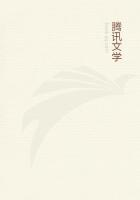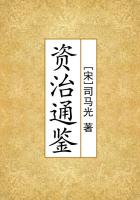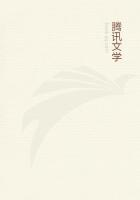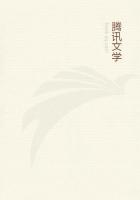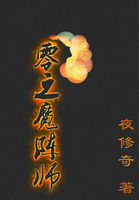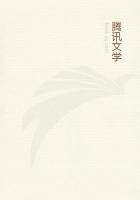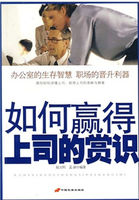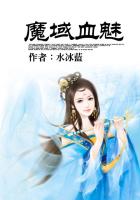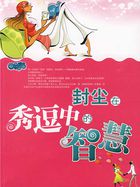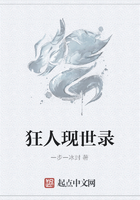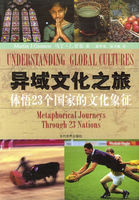Springmuhl in 1873 obtained an accessory product in the artificial manufacture of alizarin out of anthracene, from which a beautiful blue was made, superior in many respect to the aniline blues. It differed from aniline in having the same color in solution. Alkalis destroyed the color but acids restored it. The process was kept a secret for a long time. This product was originally sold as high as $1,500 for a single pound.
Caro, a German chemist, invented in 1874 the red color known as eosine, which was brought to this country in the following year and sold for $125 per pound. Its color is destroyed by acids.
Orchil or archil (the red color) was discovered in 1879. The commercial use of the so-called "orchil substitutes" (purples) began, however, in the years 1885 and 1887.
Artificial indigo, as the result of many years of experimenting, came into commercial use under the name of "indigo pure" only in 1897. It had previously been produced synthetically in a variety of ways, but the cost of the production was far above that of the natural product. Baeyer and Emmerling in 1870, Suida in 1878, Baeyer in 1878, Baeyer and Drewsen in 1882, and Heumann in 1890, can be said to have been the pioneers in the production of artificial indigo.
The intensity of some of the aniline colors may be indicated by the fact that a single grain of eosine in ten millions of water exhibits a definite rose-pink color.
It is asserted that in the last three years many improvements have been made in the permanent qualities of some of the soluble anilines, but no material which is soluble in plain water should ever be employed as an ink for record purposes.
Preceding the discovery of the "anilines," as already related, other substances had been employed for "added" color in the admixture of ink, principally madder, Brazil wood, indigo, and logwood.
Only a casual reference has heretofore been made to Brazil wood and logwood.
Brazil wood, also called peach wood, is imported from Brazil. Its employment as a dyestuff is known to be of great antiquity, antedating considerably the discovery of South America. Bancroft states, "The name 'Brazil' was given to the country on account of the extensive forests of the already well-known 'Brazil wood,' which was found by its Portuguese discoverers. The dyestuff thus gave its name to the country from which it was afterwards principally obtained. The word 'Brazil' appears to have been originally used to designate a bright red or flame color. Thus in a contract between the cities of Bologna and Ferrara, in 1194, the dyestuff kermez is referred to as grana de Brazile and Brazil wood, both dyestuffs at that time being obtained from India."For "added" color to ink and alone it was much used in the seventeenth and eighteenth centuries.
Logwood, employed more extensively for "added"color than any other color compound, was introduced into Europe by the Spaniards, A. D. 1502. In England it does not appear to have been much used until about 1575. In 1581 the Parliament prohibited its use "because the colours produced from it were of a fugacious character." Its use was legalized in 1673by an act, the preamble of which reads, "The ingenious industry of modern times hath taught the dyers of England the art of fixing, the colours made of logwood, alias blackwood, so as that, by experience, they are found as lasting as the colours made with any sort of dyeing wood whatever." It is obtained principally from the Campeachy tree, which grows in the West Indies and South America.
The practical utility of logwood as the base for an ink was a discovery of Runge in 1848, who found that a dilute solution of its coloring matter, to which had been added a small quantity of neutral chromate of potassium, produced a deep black liquid which apparently remained clear and did not deposit any sediment.
This composition became very popular on account of its cheapness and dark purple color. It is of a fugitive character, though, and has passed almost entirely out of commercial use.

